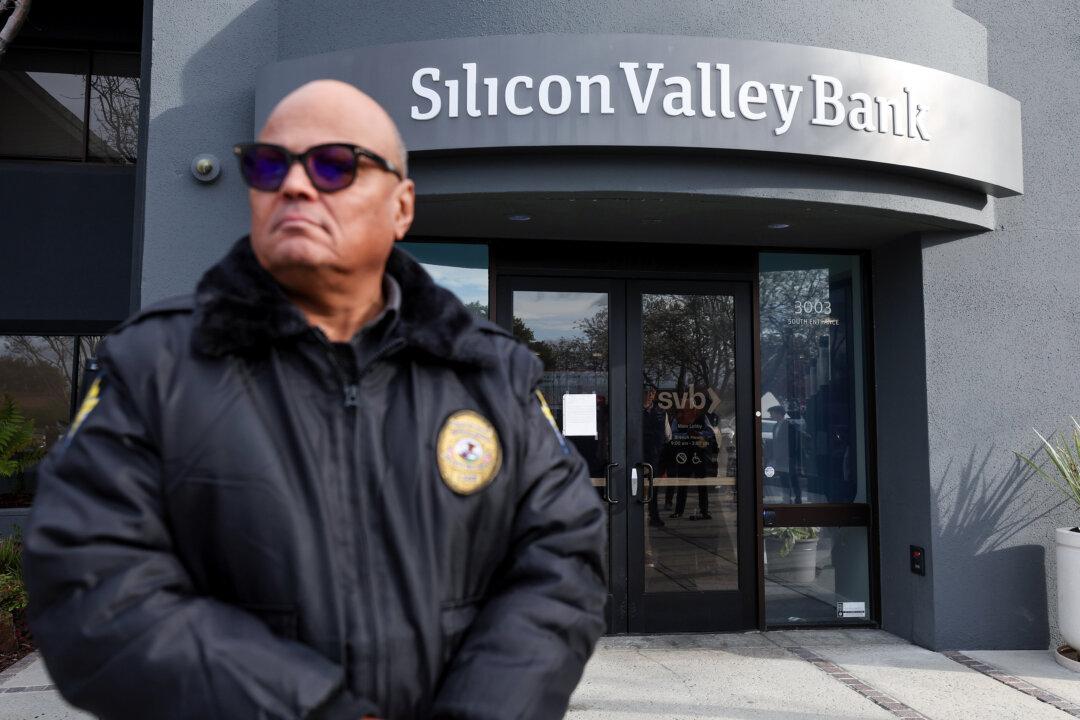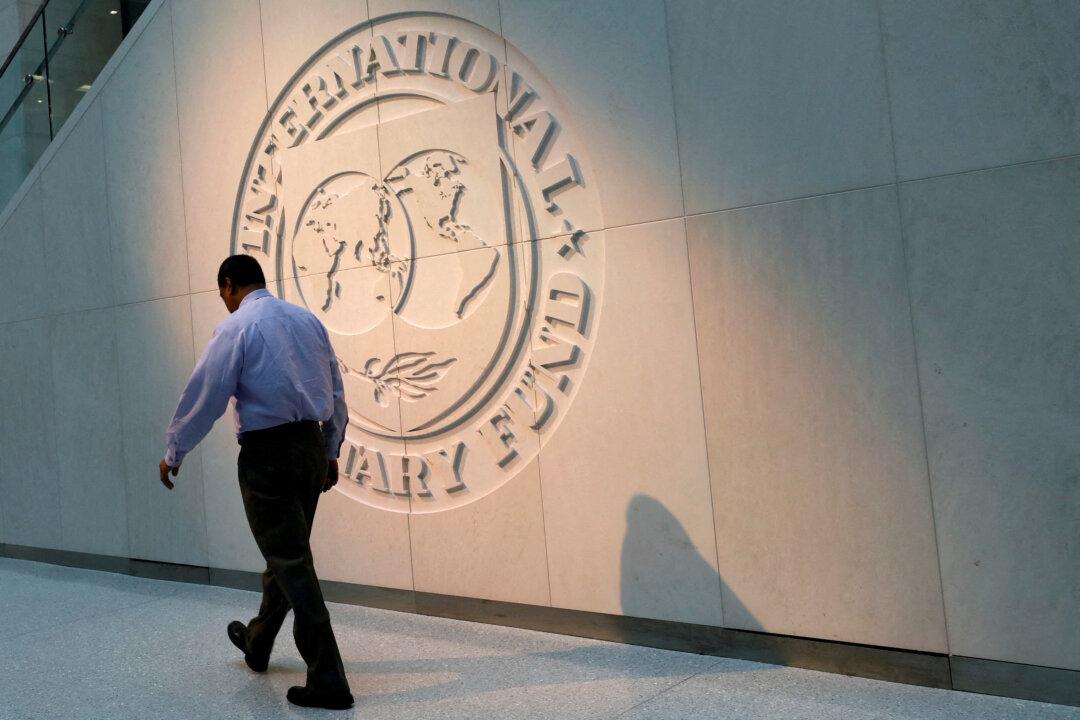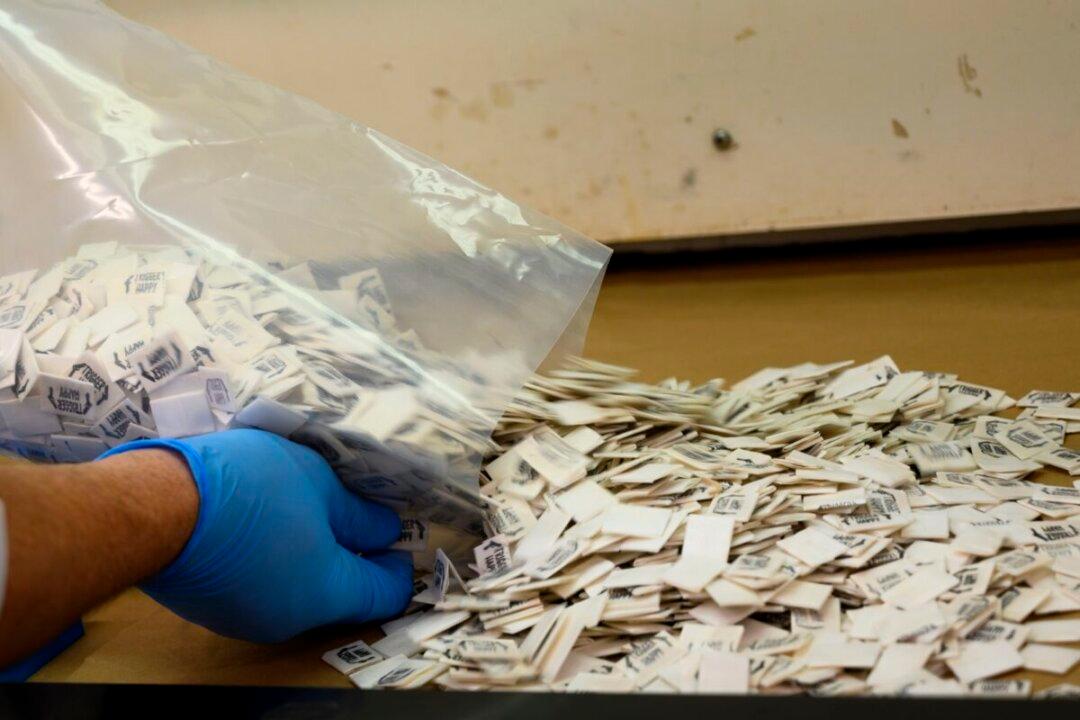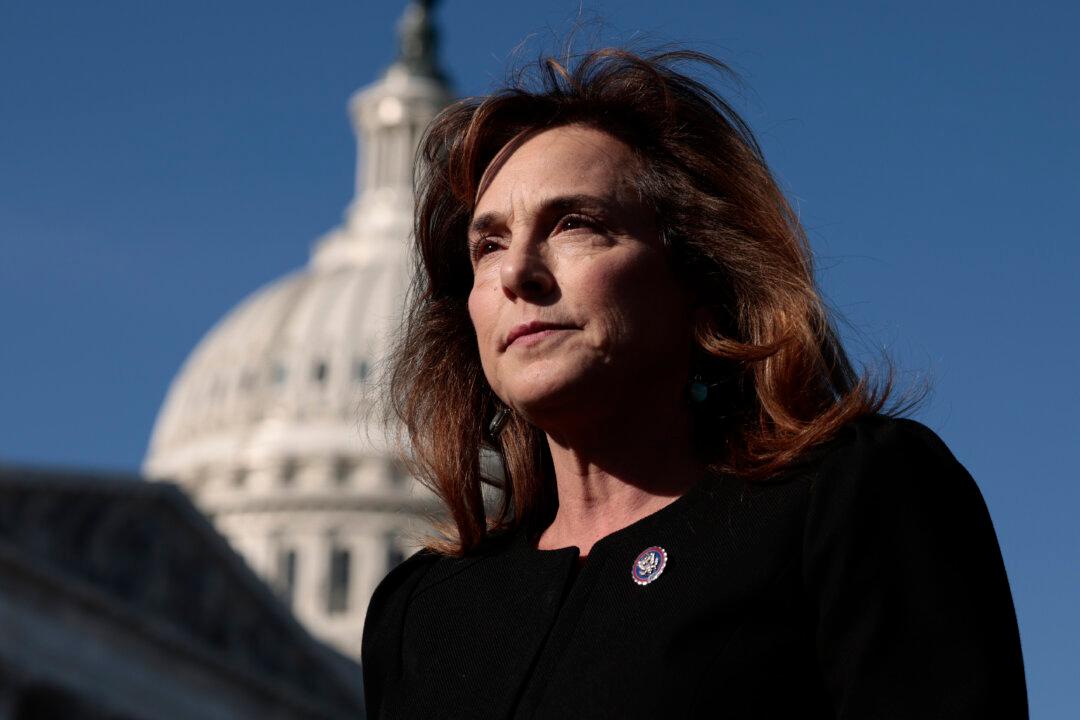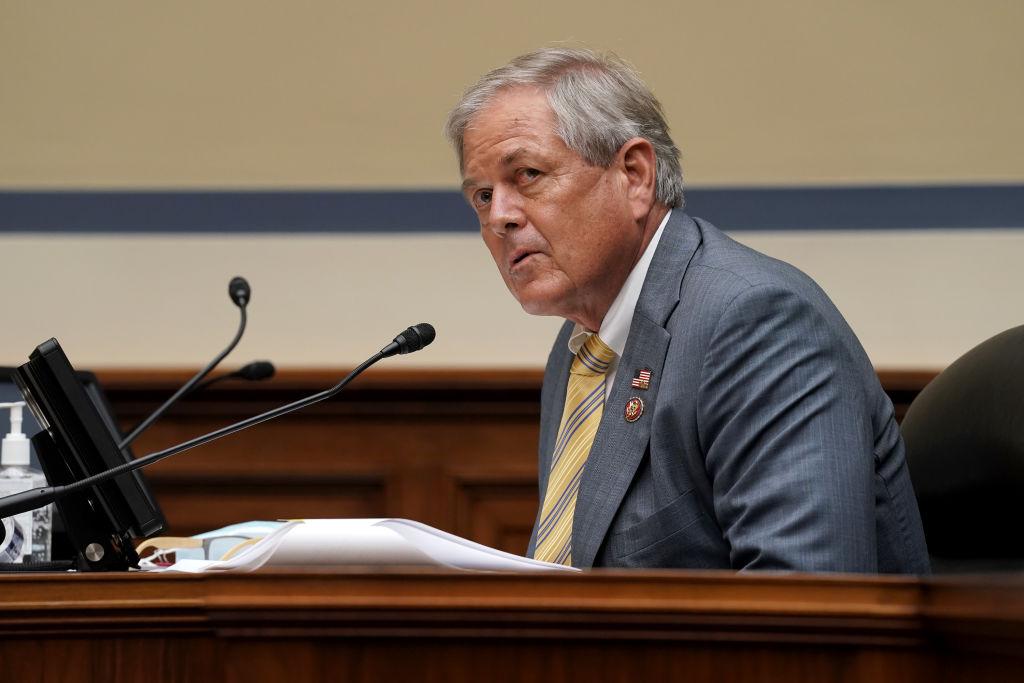“Social media fueled a bank run on Silicon Valley Bank (SVB), and the effects were felt broadly in the U.S. banking industry,” reads the first line of an academic paper discussing the role of social media in the collapse of tech bank SVB in March.
The study, led by J. Anthony Cookson of the University of Colorado–Boulder, states that social media chatter “amplified” the risks that ultimately led to the bank’s failure.
